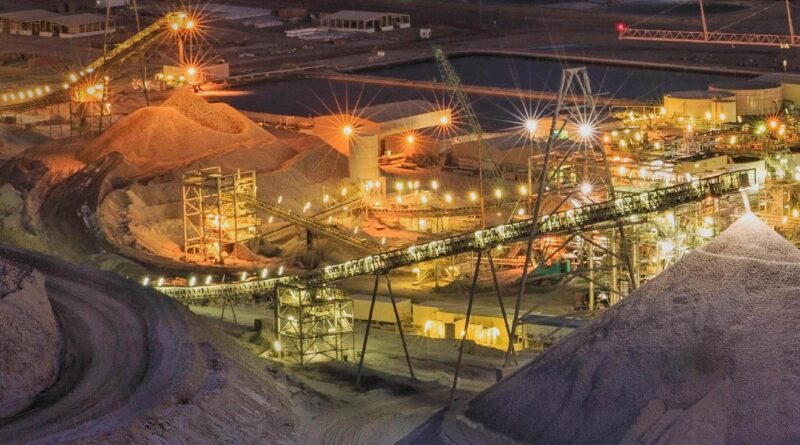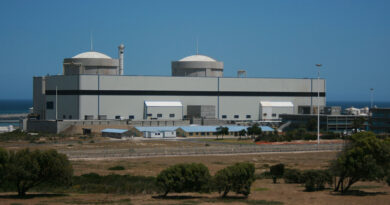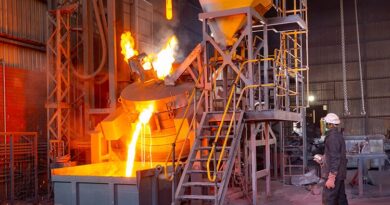Towards carbon neutrality in mining
In 1987, the United Nations Brundtland Commission defined sustainability as “meeting the needs of the present without compromising the ability of future generations to meet their own needs.”
By Jan Kjærsgaard, Cement President, FLSmidth
After 32 years, this definition now reads with an implied sense of urgency. The sustainability agenda has become a critical global challenge, and one with growing intensity.
In regard to cement, society will need an estimated 4.8 billion annual metric tonnes by 2030 to support a population growth of 1.2 billion – people who will expect modern life necessities like infrastructure, schools and hospitals. At first pass, this seems like excellent news if you are earning your living in the cement industry. However, research shows that based upon current practices and other industries achieving their promised reductions, cement production will be responsible for a 26% share of the global CO2 emissions by 2050. That would make our industry the biggest impactor of global warming, if no actions are taken. The threat of such a scenario clearly illustrates the urgency to act. In a sense, the licence to operate for an entire industry is at stake if we do not reinvent our practises.
It is equally a fact that there is currently no construction material that is as functional and versatile as concrete. To provide future generations with quality housing, roads and other infrastructure, we in the industry have a responsibility to make cement production more sustainable. As a close partner to producers, we have enjoyed the benefits of economic growth. This heritage of ours now translates to a shared responsibility in leading the industry towards a carbon neutral cement production. Together, we need to change our approach, reverse the trend. In that spirit, we have declared 2019 the Year of Sustainability at FLSmidth.
So, can we do it? To use a cliché; challenges are also opportunities. As regulations change, new opportunities arise – I welcome that. I believe that the ingenuity and innovation needed to minimise our environmental footprint is all around us. Some are found within the industry itself, some in partnership with colleagues from other industries, and some from experts within society in general.
Digital is a catalyst for such. Similarly, we have been advancing the use of waste derived fuels and processes for calcined clay.
Collectively, these gains will be substantial. However, we must also explore how to take this even further and ignite a paradigm shifting approach. For this purpose, we are fostering innovation by increasingly blurring the lines separating us from producers, suppliers and other industry stakeholders. Share ideas, challenge each other, and collectively emerge stronger. At the same time, we are earnestly monitoring emerging best practices from outside the cement world to evaluate for quick adoption.
We are motivated, we are passionate, and we are committed to do our part in moving the cement industry towards carbon neutrality.




